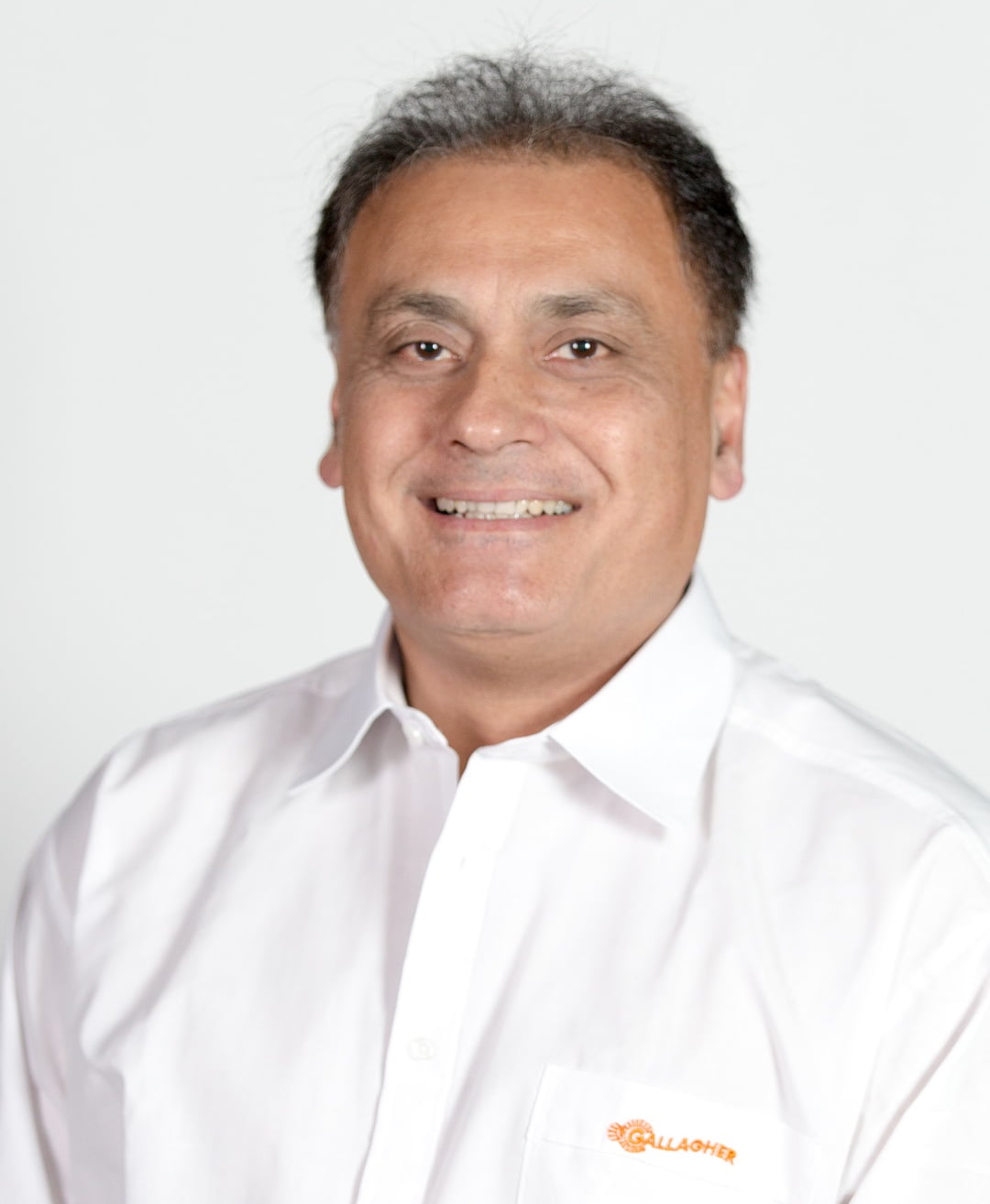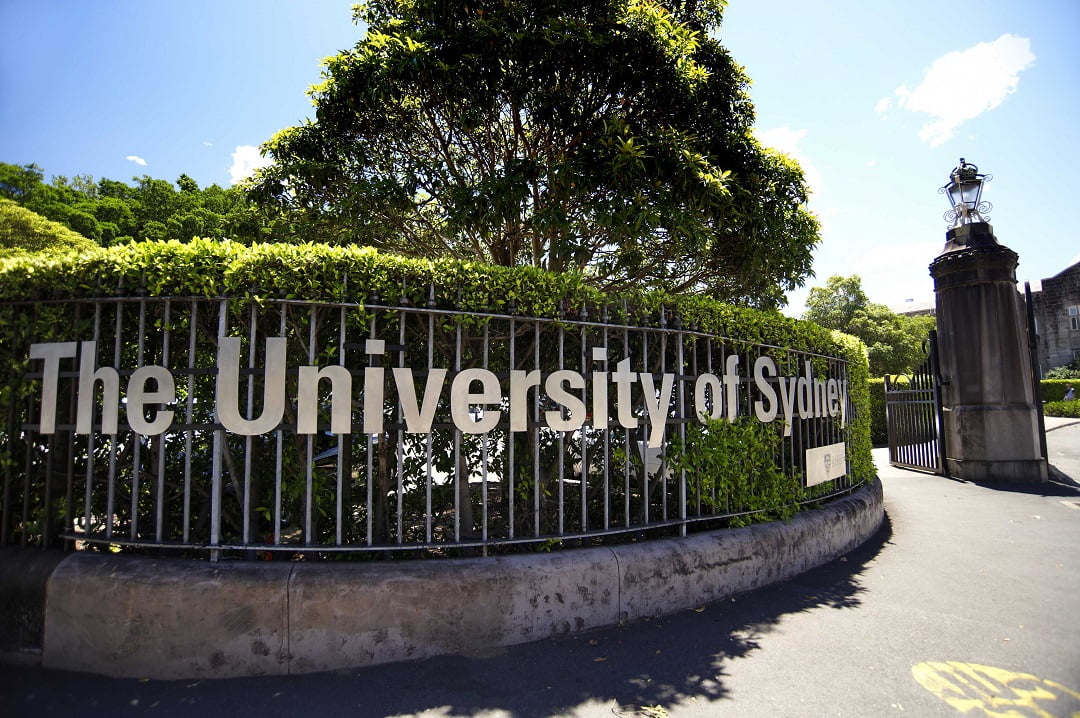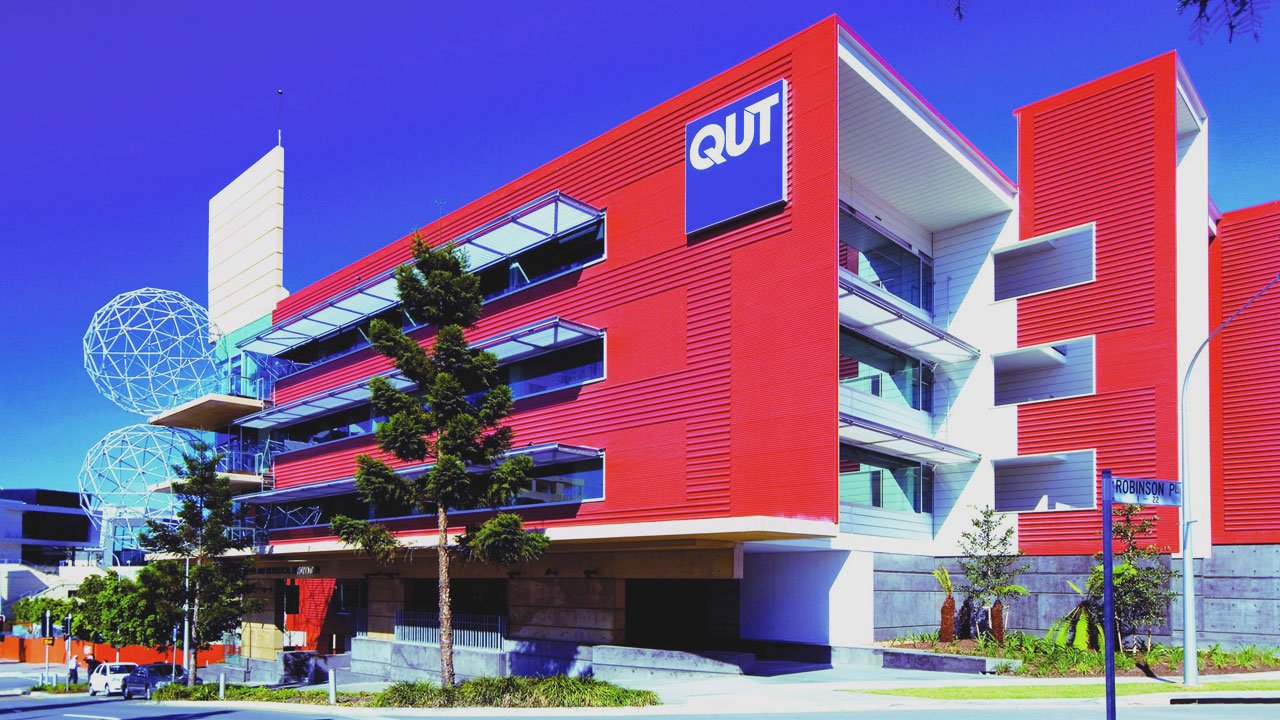Securing educational facilities like schools and universities is particularly challenging. Yet the open/closed nature of these sites offers security professionals an opportunity to leverage the latest technologies to deliver the greatest possible performance without imposing the restrictions typical on high security sites.
THERE’S no doubt that educational facilities like schools and universities, represent some of the most complex electronic security integrations around in a number of ways. These are sites that are open to the communities they serve and the ethos that underpins them is at odds with gated high security. The challenge for security managers, security consultants and integrators is conceiving, designing, implementing and managing these sites in a way that gives students and members of the community the greatest possible freedom of access, as well as the highest possible levels of security and safety.
Alongside these difficulties are the prevalence of very large sites, multiple remote sites, complex infrastructure, huge access control databases, a diversity of sub systems that would make the best integrators head spin and often times, a pinched budget that demands integrators find creative ways to offer more performance with less stuff.
According to Brett Hansen of Milestone Systems, the requirements for multi-level use across campuses mean that complex integrations apply to applications such as enrolments, libraries, security, health and safety and student experience.
“These requirements are often spread across various stakeholders as well, from student faculty, security, administration and more,” he says. “In some cases, particularly in universities, these campuses are like a small operational city, monitoring traffic, pedestrian flow, retail and hospitality.
“In these applications student safety is paramount – to ensure students are able to study in a safe environment. Safety, in turn, has a flow-on effect to student retention rates and ultimately, a successful institution. Educational institutions have a requirement to show a high level of confidence in their facilities and demonstrate that they are able to provide this environment now as well as being agile enough to adopt mechanisms to deal with new threats and risks as they emerge.
“We also see applications being sought to extend the pursuit of a greater, more seamless student experience. These are being tested in proof of concepts and applied to ensure that enrolments and student safety are being managed effectively and efficiently.”
A particular challenge of schools and universities is their inherent nature. They are special environments and tend to be open to parents, visitors and the community. This makes is hard to balance the internal contradictions such open environment poses to security procedures. Hanson says technology has the ability to make open environments more security without imposing constraints.
“There’s no doubt that on these sites the challenge is providing a secure and effective solution while making the institution accessible,” he says. “These key factors must be considered when applying technologies to mitigate security risks and need to be addressed right from the early planning phase of a deployment.
“Particularly challenging in these applications is finding the most effective end to end solution that fulfils all of the stakeholder requirements while meeting budget.”
When it comes to the core security system in university applications, Hanson says a combination of CCTV and access control and vital, but he argues best results come from solutions that are tightly integrated, offering an end to end total security solution that ensures both physical security and surveillance.
“We are also seeing increased interest in new technologies – those that promote situational awareness are the key,” Hanson says. “Schools and campuses require the tools to allow them to make rapid, well-informed decisions. These tools come in many forms, from analytics through to hardware integrations and a platform that accommodates IOT devices.
“Meanwhile, operators require functionality that empowers situational awareness while maintaining ease of use and they also need functionalities that enable effective partnerships with manned security teams. This is very important as, with the right tools, the manned security teams are made more effective in their day-to-day operational duties.”
According to Hanson, the powerful networks and strong IT capabilities of many universities make life easier for forward thinking security managers wanting to take services in virtual or cloud environments.
“These networks provide more freedom to apply smarter analytics and solutions,” he explains. “However, applications and hardware are also becoming more efficient on the edge and can also nowadays accommodate limited bandwidth, which extends functionality right across a campus.
“Given the centrality of networks, cyber security awareness is extremely important. Universities and schools seek applications that are effective in a physical security sense, but this is futile if the network that the security solution operates on is not hardened.”
Something that’s a challenge with any large site is the presence of past investment and the impact it has on what can be done with new technology and how quickly it can be done. But Hanson says moving forward is in stages is possible.
“This can be accommodated with the right solution, one that allows a school or university to migrate gradually from legacy technologies to the latest and greatest solutions,” he explains. “Getting it right means providing a more flexible approach to meeting stakeholder requirements, while addressing budgetary and logistical restraints.”

Sam Afzali of Gallagher Security says there are a number of reasons educational facilities are so complex.
“It’s a case of multiple systems and interaction points such as student registration, staff/HR or contractor management systems,” he explains. “There are often external groups co-located within the campus for research and similar academic endeavours. This, on its own, amounts to a number of data streams handling inflow of cardholder profiles requiring automation of access privileges, etc.
“A university campus can also pose a challenge in that they need to be open environments, but security, safety and asset protection have to be maintained. Staff, students and contractors should have unhindered access at the times they are required to be there. Integrating the right tools, such as access control, alarms management, CCTV systems, and notifications, is paramount.”
According to Afzali, the system at the heart of a university security solution is access control.
“CCTV is an important platform, but it’s a monitoring tool, not a preventative security measure in the way that access control is,” he explains. “An educational security solution needs to be a seamless integrated system which provides situational awareness, maintains health and safety, has the ability to respond quickly in emergency situations, and to protect assets.”
The new electronic security technologies most appealing to universities include analytics, biometrics, holistic integrations, situational awareness, icon-powered mapping and more and Afzali argues these are equally important concepts.
“Situational awareness and the capability to communicate to masses is extremely important,” he says. “Universities typically have many thousands of people and being able to efficiently notify specific people of an event without creating a panic or incurring unnecessary costs is essential.
“An interface such as Events REST API are key enablers for situational awareness and analytics. Such tools can operate in parallel with no performance cost to the production environment while executing rules-based analytics.
“Keeping security patrols up to date using capable electronic security empowers them – skilled security officers can utilise electronics easily and efficiently making the entire security system more effective.”
Given the importance of networks to modern university and school security solutions, Afzali argues it’s incredibly important to secure against both physical and cyber intrusions.
“Access control systems, and their health and resilience with respect to cyber threats, is every bit as important as other systems deployed at any facility,” he says. “These are rapidly shifting from the isolated systems they used to be so that they can be connected and provide greater value in today’s terms. Protecting access control solutions in networked environments is an ongoing effort requiring continuous work.
“Universities have plenty of amateur hackers having a go trying to expose systems unlike other environments. There has been a positive shift in IT departments getting involved with system maintenance and control.”
Meanwhile, Genetec’s George Moawad says the job of defending educational institutions is not any easy one.
“Security teams need to secure both buildings and grounds, keep intruders out, while also maintaining an environment where people can freely move around campus,” he says. “Keeping thousands of students, faculty, staff, and visitors safe while considering privacy laws, labour agreements, and cybersecurity threats only adds to the complexity.
“Regardless of campus size or building locations, the challenges faced by educational institutions are often the same. There’s a need to survey a wide area of both interior and exterior spaces without violating labour agreements or privacy rights. There’s also a need to maintain spaces that are conducive to learning and allow students, faculty, staff, and visitors to easily navigate the campus, while also making a site impenetrable to intruders. Throw in budget cutbacks that many institutions face, and today’s security solutions must deliver more while also being cost-effective.”
According to Moawad, the most important aspect of a security solution for an educational facility may not be what first springs to mind.
“Sectors, like retail, airports, and stadiums have spent years developing physical security strategies, but many educational facilities have been challenged by budget restrictions,” he says. “They’ve had to take a much tactical and frequently reactionary approach, are limited in choice of solution and often must compromise on features. In this new security climate, schools must start thinking about security as part of a larger picture that includes daily operations and ease-of-movement in addition to safety. This approach can help improve the learning environment as a whole.
“A unified IP security platform is especially important for schools and universities looking to solve the complexity of their security needs. From a single solution, operators can view video, manage door security, and enforce parking across various locations on campus. It can extend system capabilities to others such as facility managers who can ensure everyone on campus has the credentials they need to move freely from building to building. Even with limited resources, a unified platform can keep the security and facilities management team efficient.”

Moawad argues that placing access control or CCTV at the heart of the latest solutions is too restrictive.
“School administrators have to be careful not to limit their focus to video management or access control,” he says. “They also need to think about managing threat-levels and automating responses. Campus security should include unified video surveillance, access control, license plate recognition, analytics, and more.
“Video surveillance provides a live and recorded visual representation of what’s happening across a campus and can readily be called upon to provide important information in the investigation process. Electronic access control on doors and barriers not only regulates who goes where, but also provides protection for property and assets. The capability to immediately lockdown an entire campus is also an absolute necessity in this day and age.
“Automatic license plate recognition (ALPR) can help locate individuals that have been banned from campus even before they park their car. These components – along with analytics, communications, and intrusion detection – can work together to provide campuses the most secure learning environment available.”
When it comes to the latest technologies that appeal to educational institutions, Moawad says cost efficiency again comes to the fore.
“Because administration and security are tasked with protecting students, staff, and visitors – usually on a strict budget – it’s imperative that campuses invest in a security system that will provide the most technologically-advanced solution both today and tomorrow,” he says. “However, given budget restrictions looking at long term maintenance and viability of solutions is also imperative.
“Advances in technology now offer the possibility of a unified security solution that provides a ‘one pane of glass’ view into complete security environment (including video, access control and licence plate recognition). This type of solution means you can scale based on availability of budget over time without a heavy investment in integration. Unification also means a comprehensive cybersecurity approach across your whole system as well as simplifying upgrading, training, support and maintenance from one vendor.
“Implementation of a unified campus security solution can deliver a variety of additional benefits including increased situational awareness, real-time collaboration with the authorities, improved campus flow, more efficient parking management, and security that protects the assortment of areas and assets that can be found in an education setting.
“A physical security system that unifies IP video surveillance, access control, and automatic license plate recognition within one intuitive solution, that also offers pre-integrated plug-ins and certified support for other security solutions and information sources such as communications, intrusion detection, and analytics, can help security personnel keep the entire institution secure.”
According to Moawad, school officials and administrators must start by assessing the requirements of their specific facilities before they start thinking about the functionalities they need.
“For some schools, it is not violence but vandalism, theft, and mischief that are the persistent challenges,” he says. “And the right physical security system can help reduce or eliminate many of these problems as well. Administrators will also have to recognise that, in addition to helping students, faculty, and staff feel safe, physical security systems can play an important role in a school’s daily operations. They can help keep track of where students are throughout the day, prevent unauthorised individuals from accessing sensitive areas, including labs, and help manage the flow of vehicular traffic around facilities.
“And when it comes to the all-important question of student privacy, particularly in video surveillance, school administrators are going to have to find solutions that have privacy features built in. Privacy must be top of mind both when it comes to monitoring students within facilities or sharing video footage with local law enforcement. In order to facilitate collaboration with police services when necessary and protect privacy in general, a school needs to implement a solution that can easily anonymise the identity of any or all individuals both in real-time and in archived footage.
“And a school or university’s security platform should allow it to foster city-wide connections by securely sharing video or system access with local police departments when appropriate. With more data, they’ll be able to quickly assist the school, no matter the situation. In emergency situations, an internal school lockdown workflow could automatically reposition camera views and lock doors in at-risk areas of the school while also alerting the police or automatically giving them access to live streams of video in the school.”

Finding a balance between safety and security and community access can be managed using the right solution, according to Moawad.
“Access control has evolved beyond more than just a locked door,” he says. “A modern access control solution can ensure the right people have access to the right areas; customers, employees, and property are protected; and an open and inviting – yet resilient and secure – environment. Ultimately, a good access control solution will go unnoticed. End users can come and go to their destination uninterrupted or with minimal delay which leads to happier employees, customers, and visitors.”
There’s a lot of talk about situational awareness in the market but actually achieving this is harder than it looks, according to Moawad.
“Understanding all the factors of an emerging incident or event can help security personnel resolve situations quickly,” he says. “However, as educational institutions increase in size and complexity, maintaining an all-encompassing view can be a challenge. They require a physical security system that provides security personnel with the information necessary to respond quickly and effectively to any situation.
“Educational institutions can include multiple teaching facilities, research labs, dormitories, libraries, sports complexes, and parking lots. These can be collected in a single area or spread over multiple sites. A physical security system that unifies IP video surveillance, access control, and automatic license plate recognition within one intuitive solution, that also allows for the integration of other security solutions and information sources such as communications, intrusion detection, and analytics, can help security personnel keep the entire institution secure.
“I think a unified physical security platform is especially important for schools and universities looking to solve the complexity of their security needs in both a cost effective and efficient manner. From a single solution, operators can view video, manage door security, and enforce parking across various locations on campus. It can extend system capabilities to others such as facility managers who can ensure everyone on campus has the credentials they need to move freely from building to building. Even with limited resources, a unified platform can keep the security and facilities management team efficient.”
Moawad believes cyber security is a central part of any networked security solution and he argues that it will only become more important as educational institutions continue to pursue efficiencies.
“As we look to the future, there is little doubt that organisations will increase their connections with one another, extend their security systems, and continue to move to the cloud,” he says. “Without the proper protection, cyber criminals can gain access to vulnerable devices, including video surveillance cameras and door controllers, and attack all manner of sensitive data and systems. Whether we calculate the damage in terms of financial loss or violation or denial of service, the results can be devastating.
“The security of security systems (access control, video, intrusion and others) is a major concern for organisations of every size. Tools like encryption, authentication and authorisation play key roles in keeping data safe, ensuring those accessing systems are authorised to do so, and defining user access rights, thereby helping to ensure individual privacy.
“We see that the use of IP-based access control solutions to manage employee and visitor comings and goings has dramatically increased worldwide. The Internet of Things (IoT) has added connectivity to an abundance of devices that better facilitate access which has users – and potential users – rightfully concerned about the security of these newer technologies.”

Operator at a university control room workstation.
Moawad argues that if end users choose the right technology and undertake the proper precautions, IoT devices and credentials – including those used in access control systems – are very secure.
“Access control has adopted the use of mobile phones, smartcards, and electronic locks – each of which may have been vulnerable in the past,” he says. “Today, however, these devices actually harbor some of the most secure technology in existence. By incorporating a unified physical security solution which includes access control that embraces the utmost importance of cybersecurity, you are protecting your security solution, which in turn, protects your business.
“Something else for security and facilities managers to consider is that while reaching out to physical security experts may seem daunting, finding a good consultant is an important step in shifting the way school and university administrations view security.
“Ultimately, school officials need to understand physical security the way that businesses and governments do. They must assess their specific requirements, recognise how a security solution can improve daily operations, and then design a strategy that safeguards the learning environment by improving the safety and security of faculty, staff, and students.”
#sen.news












